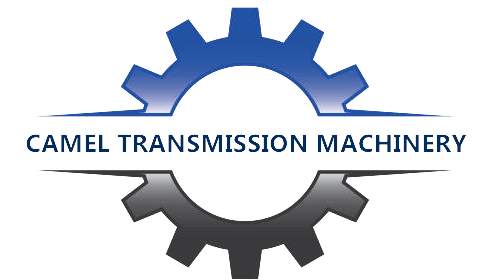How To Select The Motor?
The basic content required for motor selection includes: the type of load to be driven, rated power, rated voltage, and rated speed.

1. Type of load driven
Motors can be simply divided into DC motors and AC motors, and AC is further divided into synchronous motors and asynchronous motors.
The principle of selecting a motor is that on the premise that the performance of the motor meets the requirements of the production machinery, the motor with simple structure, low price, reliable operation and convenient maintenance is preferred. In this respect, AC motors are superior to DC motors, AC asynchronous motors are superior to AC synchronous motors, and squirrel cage asynchronous motors are superior to winding asynchronous motors.
For production machinery with stable load and no special requirements for starting and braking, ordinary squirrel cage asynchronous motors should be preferred, which are widely used in machinery, water pumps, fans, etc.
Starting and braking are more frequent, and production machinery that requires larger starting and braking torques, such as bridge cranes, mine hoists, air compressors, and irreversible rolling mills, should use wound asynchronous motors.
Where there is no requirement for speed regulation, constant speed or improvement of power factor, synchronous motors should be used, such as medium and large capacity water pumps, air compressors, hoists, mills, etc.
The speed regulation range is required to be above 1:3, and the production machinery that needs continuous, stable and smooth speed regulation should adopt a separately excited DC motor or a squirrel cage asynchronous motor or synchronous motor with frequency conversion speed regulation, such as large precision machine tools, planers, Rolling mills, hoists, etc.
The production machinery that requires large starting torque and soft mechanical characteristics uses series-excited or compound-excited DC motors, such as trams, electric locomotives, and heavy cranes.
2. Rated power
The rated power of the motor refers to the output power, that is, the shaft power, also known as the capacity, which is the iconic parameter of the motor. People often ask how big the motor is. Generally speaking, it does not refer to the size of the motor, but the rated power. It is the most important index to quantify the motor’s drag load capacity, and it is also a parameter requirement that must be provided when the motor is selected.
3. Rated voltage
The rated voltage of the motor refers to the line voltage in the rated working mode.
The choice of the rated voltage of the motor depends on the power supply voltage of the enterprise and the size of the motor capacity of the power system.
4. Rated speed
The rated speed of the motor refers to the speed in the rated working mode.
Generally speaking, the motor can be roughly determined by providing the type of load driven, the rated power of the motor, the rated voltage, and the rated speed. But if the load requirements are to be optimally met, these basic parameters are far from enough. The parameters that need to be provided include: frequency, operating system, overload requirements, insulation level, protection level, moment of inertia, load resistance torque curve, installation method, ambient temperature, altitude, outdoor requirements, etc., according to specific conditions.
CAMEL Transmission Machinery Factory is a professional supplier,distributor and manufacturer of speed reducers and related accesories. including gear reducers,rotary reducer,worm gearbox, servo-gearbox, planetary gearboxes,planetary gear reducer helical gear reducers,planetary gearbox,right angle gear reducer,gear reduction,gear motors, electrical motors,DC motors, DC gear motor,dc gearedmotors,AC gear motor,AC motors, servo motors,ac servo motor,dc servo motor,servomotor, bearings, gears,spur gear,helical gear,bevel gear,worm gear,planetary gear, couplings, oil seals, belts, chains, etc.If you have any need,please feel free to contact CAMEL:
sales@gears-speed-reducers.com
https://www.gears-speed-reducers.com
